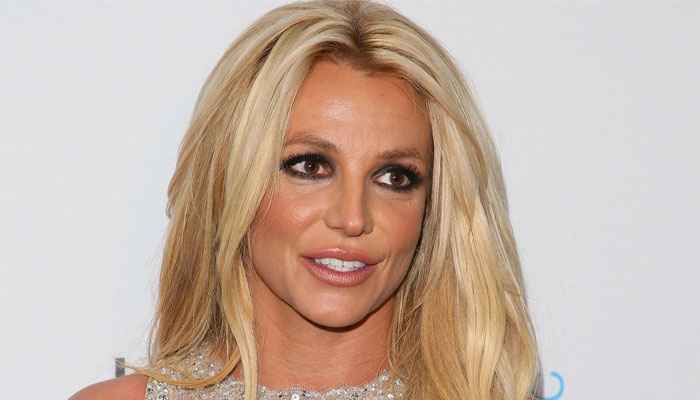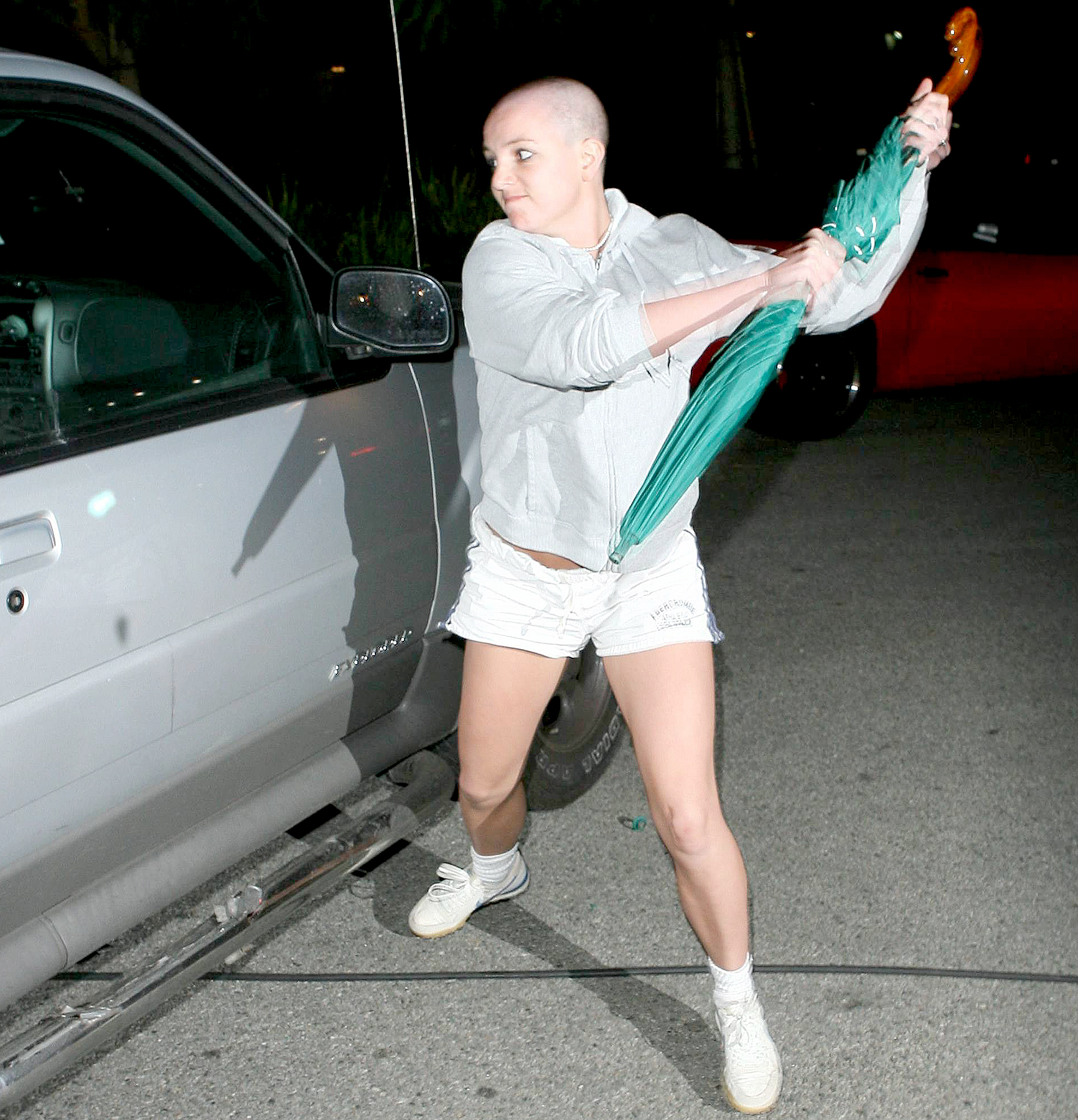

Throughout every phase of her career, Spears has had to navigate the increasingly muddled waters of modern media, and though her methods have not always been successful, they nonetheless show that being a pop star in the 21st century is as much about effective image management as it is about climbing the Billboard charts.“ (Crutcher 1). “.a monster industry of online gossip websites was spawned in part on unflattering photos of and stories about her.

But her career was plagued by scandal that exploded in the press, far beyond the means in which she could control her public image.

Britney Spears used news media to first establish herself as a musical artist, and maintained a symbiotic relationship with MTV to promote her music. Her fame rose in the time of the Clinton Lewinski scandal, in which sex was the headline of countless news sources, something that was more apart of the private sphere until then. From this moment on, she was shot into stardom, and the subsequent sexism that comes with being a young girl in the public light. The video depicted Britney in a school uniform, tied up to expose her midriff. This post will explore how the early 2000s tabloid culture shaped the narrative around Britney Spears, highly influenced by the tone of misogyny set within the period, making her a catalyst for scrutiny and the subject of false narratives while comparing her representation in the media as it has been altered by the rise of social media in a new technological era influenced by public participation and celebrity-fan parasocial relationships.Īt 16, Britney released her first album and record-shattering music video: Baby One More Time. This documentary explores Britney’s staggering rise to fame as a pop sensation, her treatment by the paparazzi and thus tabloids, her highly publicized “breakdown” in 2007, and finally, her court-mandated conservatorship put in action by her father, Jamie Spears. As of late, a new narrative has surrounded Britney following the release of The New York Times Documentary: Framing Britney Spears. Many have linked this to the idea that Britney wanted control of her life and image, after reports claimed that music executives had been in control of every detail of her appearance since she first became famous at the age of 16.Being in the public eye (and scrutiny) since her early adolescence, from covers of magazines to making mainstream news headlines, Britney Spears has had a strong grip on the public's attention. She claims Britney told her, "It was, you know, 'I just don't want anybody, anybody touching my head. I remember asking here, 'why do you shave your head?'" I wasn’t sure what was happening, if there was a riot outside and then the flashes came." Wynne-Hughes, who has never spoken about that night before told interviewers for the documentary, " an insane roaring sound outside.
#BRITNEY SPEARS PAPARAZZI 2007 WINDOWS#
"She had two bodyguards supposedly keeping an eye out to make sure the paparazzi were not getting any pictures," claimed Tognozz, but reportedly more than 70 paparazzi were still able to take pictures through the windows of the salon as the incident took place, while her security did nothing.įrom there, Britney went to a nearby tattoo parlour and asked tattoo artist, Emily Wynne-Hughes for an inking of a woman's lips, followed by a cross. Britney with ex-husband Kevin Federline in 2006 Michael Caulfield // Getty Images


 0 kommentar(er)
0 kommentar(er)
